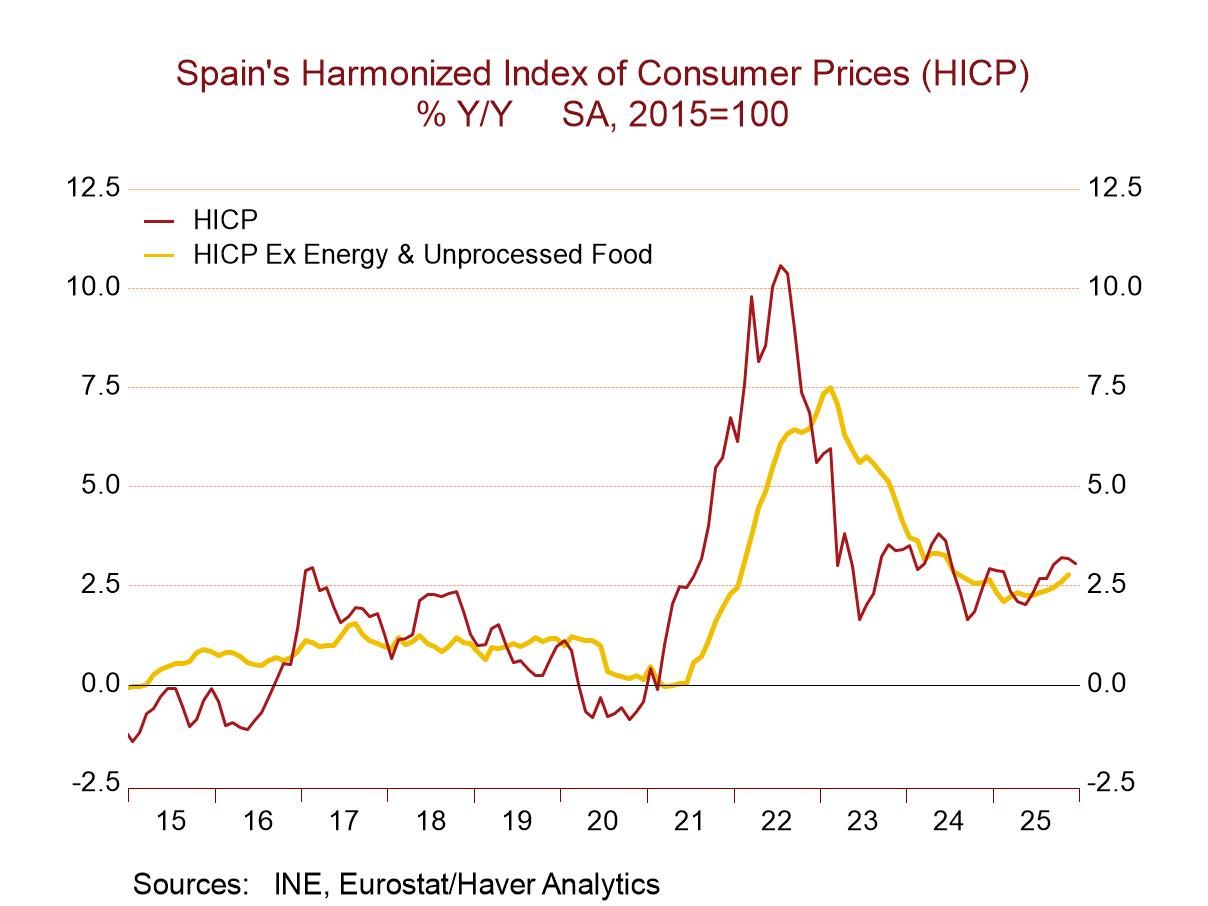 Global| Jan 27 2023
Global| Jan 27 2023Charts of the Week (Jan 27, 2023)
by:Andrew Cates
|in:Economy in Brief
Summary
The mood in financial markets has continued to improve over the past few days and investors remain a little more upbeat about the outlook for the world economy than they were toward the end of last year. Our charts this week offer some further perspectives about the reasons for, and response to, this improvement. In our first two charts, for example, we look at US and broader global data surprises and how the US Treasury market has responded to these. Then, on the inflation front, we provide an update on supply chain pressures and how these have been affecting inflation in our third and fourth charts. Clearly a key factor that’s been amplifying supply chain pressures in recent months concerns labour markets. So, in our final two charts, we offer some colour on, respectively, labour market shortages in the UK and labour force participation rates in Japan.
US Treasuries and global growth The yield on 10-year US Treasuries often does a good job at anticipating the upswings and downswings of the US - and broader global - economic cycle. It’s certainly no coincidence that US yields have, on the whole, been declining in recent weeks as incoming economic data have- until recently - tended to surprise forecasters on the downside (see chart 1 below).
Chart 1: US 10 year Treasury yields versus global growth surprises

US growth versus the rest of the world A closer examination of Citigroup’s economic surprise indicators, however, suggest that disappointing data has been largely confined to the United States. The dataflow from Asia, and China in particular, and from Europe, have tended to surprise forecasters on the upside far more frequently in recent weeks (see chart 2).
Chart 2: US growth surprises versus global growth surprises

Global shipping costs and supply chain pressures Much of the incoming economic data in recent weeks – and this week’s flash Purchasing Managers Surveys offered a good example – suggest many of the supply chain pressures that have been afflicting the world economy have lately normalised. Further examples of this can be seen in chart 3 below showing an ongoing retreat in the Baltic Dry Index (an indicator of global shipping costs). The New York Fed’s broader index in the meantime suggests that global supply chain pressures were just over one standard deviation away from normal in December. That contrasts with the situation at the end of 2021 when those pressures were more than four standard deviations from normal.
Chart 3: The Baltic dry index versus the New York Fed’s global supply chain pressure index

Goods inflation versus services inflation One of the obvious implications of these supply-side improvements is reduced inflationary pressures in global goods markets. Haver’s aggregation of goods price inflation in advanced economies has certainly declined quite sharply in recent months, specifically from a high of 10.2% last March, to 7.2% in December. Still, as chart 4 below also suggests, services prices inflation has continued to climb in recent months, specifically to 5.3% in December.
Chart 4: Haver’s aggregation of goods and services inflation in advanced economies

UK labour supply The big worry for central banks is that these service price pressures reflect still-tight labour markets and monetary policy settings that are still too loose. This week’s CBI industrial trends survey for January certainly suggests that skill shortages are still very acute in the UK’s manufacturing sector, as evidenced in chart 5 below.
Chart 5: Skilled labour shortages in the UK

Labour market participation Some of these supply-side bottlenecks in labour markets can be traced to broader structural factors that have dis-incentivised people from re-entering the labour market. There are additional Brexit-related challenges too that may have choked off the potential supply of labour in the UK. In some economies, and Japan is a good example, there have also been cultural barriers and broader demographic challenges that have hampered the flexibility of labour markets. Still, from a longer-term perspective, it is encouraging that female participation rates in Japan have been climbing over the past decade as – until recently – have participation rates among older age cohorts (see chart 6 below).
Chart 6: Labour market participation rates in Japan for female workers and older workers

Andrew Cates
AuthorMore in Author Profile »Andy Cates joined Haver Analytics as a Senior Economist in 2020. Andy has more than 25 years of experience forecasting the global economic outlook and in assessing the implications for policy settings and financial markets. He has held various senior positions in London in a number of Investment Banks including as Head of Developed Markets Economics at Nomura and as Chief Eurozone Economist at RBS. These followed a spell of 21 years as Senior International Economist at UBS, 5 of which were spent in Singapore. Prior to his time in financial services Andy was a UK economist at HM Treasury in London holding positions in the domestic forecasting and macroeconomic modelling units. He has a BA in Economics from the University of York and an MSc in Economics and Econometrics from the University of Southampton.






